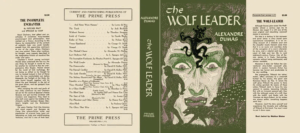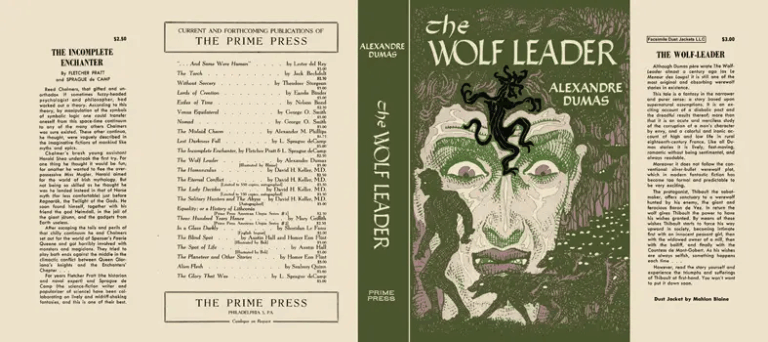Ultimo lunedì prima di Natale: alleggerisco i miei consigli di lettura in vista del meritato riposo.
Uno dei romanzi di fantascienza che consiglio più spesso ai miei studenti è Il Neuromante di William Gibson, padre fondatore del genere cyberpunk. Si tratta del suo primo romanzo, nonché primo della cosiddetta trilogia dello sprawl, e ci racconta la storia di Henry Dorsett Case, un hacker che viene punito dal suo datore di lavoro con una tossina che gli danneggia il sistema nervoso, impedendogli di accedere allo spazio virtuale in cui ormai avviene la maggior parte delle interazioni.
«Cyberspazio: un’allucinazione vissuta consensualmente ogni giorno da miliardi di operatori legali, in ogni nazione […] Una rappresentazione grafica di dati ricavati dai banchi di ogni computer del sistema umano. Impensabile complessità. Linee di luce allineate nel non-spazio della mente, ammassi e costellazioni di dati. Come le luci di una città, che si allontanano…»
William Gibson,
Neuromante
1ª ed. originale: 1984
1ª ed. italiana: 1986
Digital twin, memoria collettiva, spazio virtuale e complessità delle informazioni. Oltre ad aver forgiato l’immaginario di fantascienza degli ultimi decenni, Gibson fa ciò che la fantascienza fa meglio, ovvero ci mostra il nostro mondo attraverso una lente, un vetro di distorsione il cui scopo è mostrarci meglio ciò che ci circonda o, nel caso di Gibson, cosa ci potrebbe circondare.








No Comments